“A walk in nature walks the soul back home.” — Mary Davis
In my opinion, a must stop for any Japan trip is a journey to Nara.
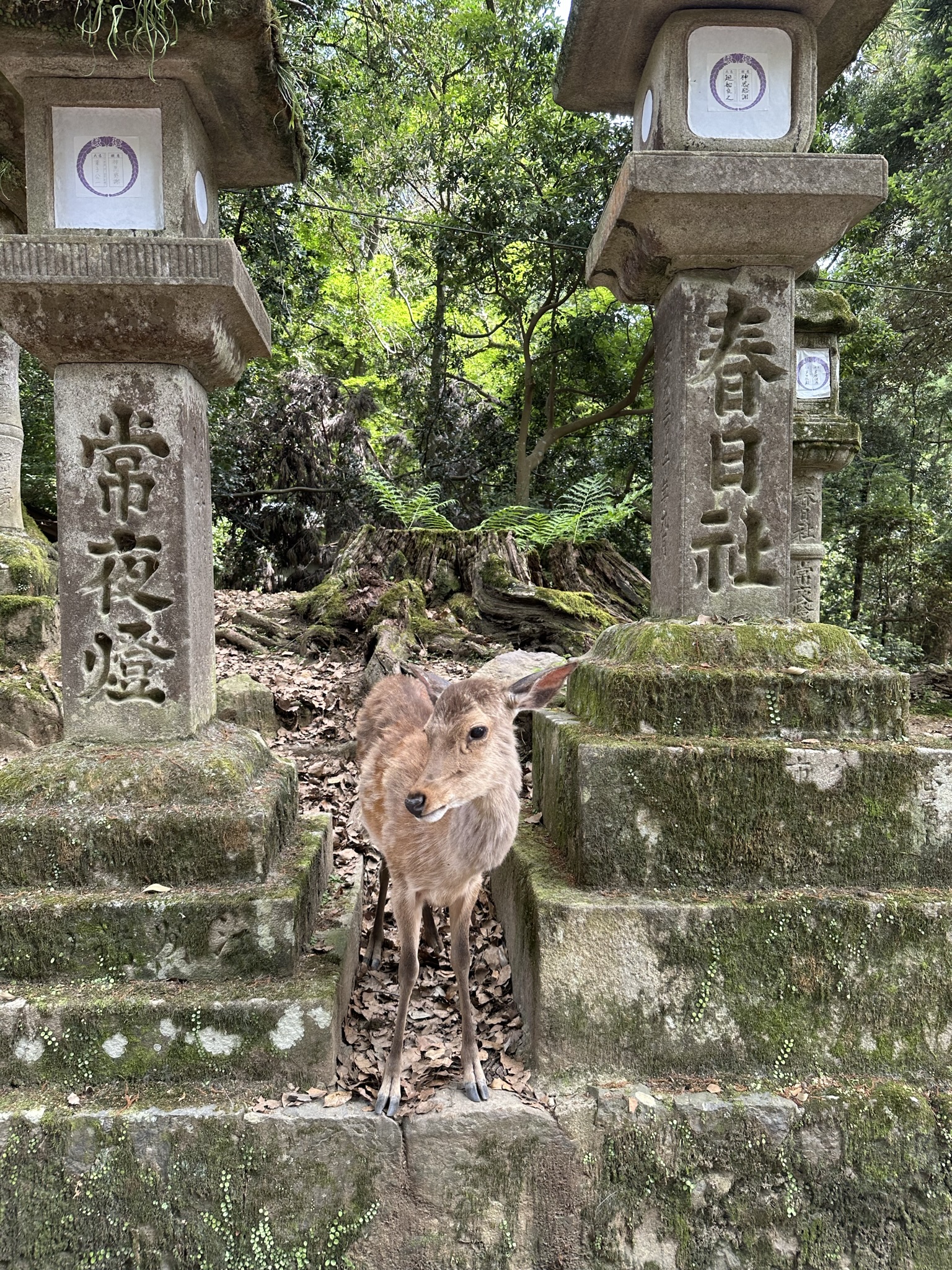
Nara is the capital city of the Nara Prefecture. It has a relatively small population of 367,353. It was the capital of Japan during the Nara period from 710 to 784 other than a stint from 740 to 745, when the capital was placed in Kuni-kyo.


Nara is home to eight major historic temples, shrines, and heritage sites, specifically Today-ji, Saidai-ji, Kofuku-ji, Kasuga Shrine, Gango-ji, Yakushi-ji, Toshodai-ji, and Keijo Palace. Together with the Jasugayama Primeval Forest, Nara was designated a UNESCO World Heritage Site.

Although Nara was the capital of Japan from 710 to 794, it was not designated a city until February 1st 1898. Nara has since developed from a town of commerce in the Edo and Meiji periods to a modern-tourist city, due to its large number of historical temples, landmarks, and national monuments.
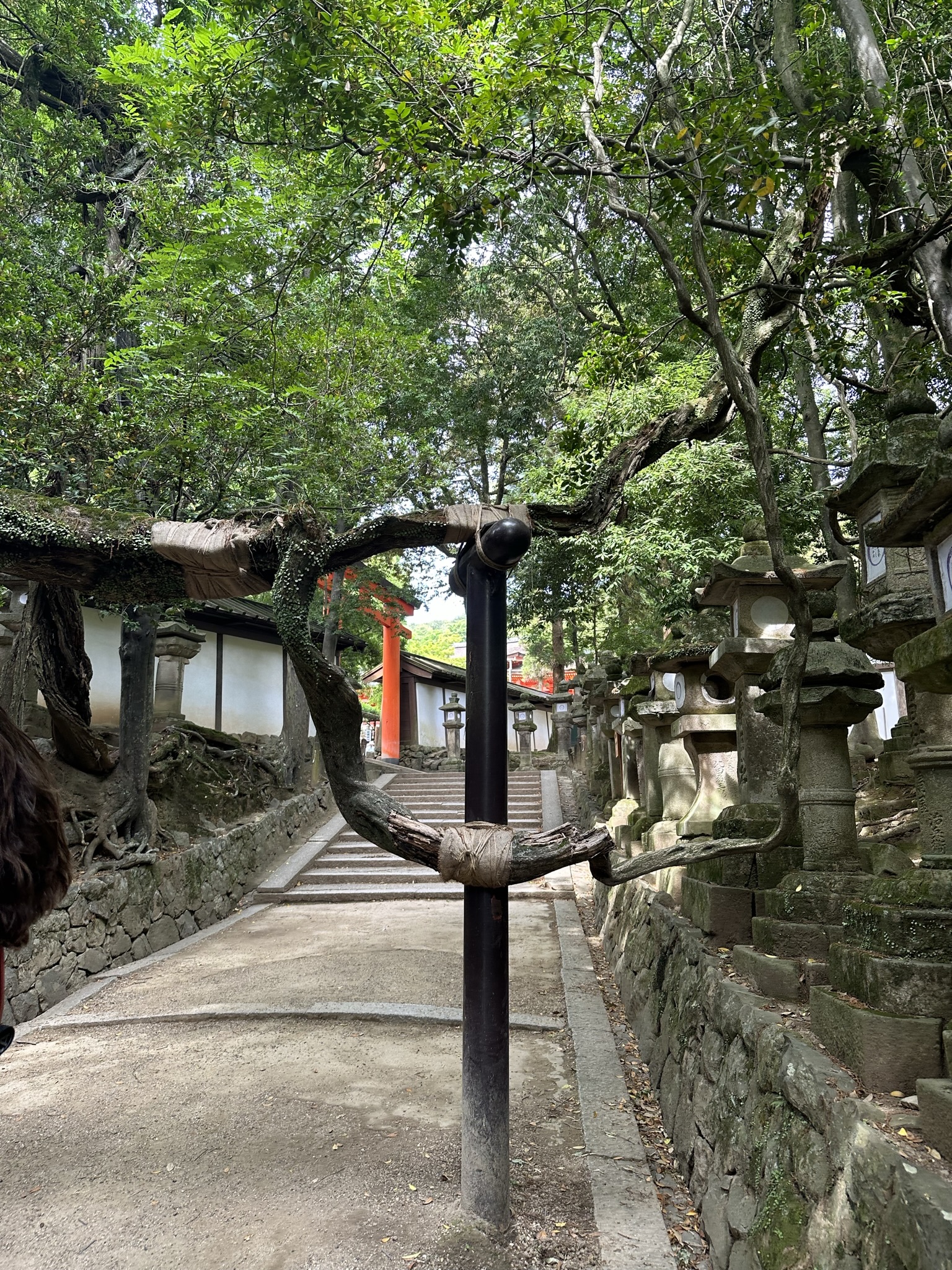

Now the question on everyone’s mind is how the polite bowing deer of Nara got to be free roamers and celebrated neighters. The deer are considered sacred messengers of the gods in the Shinto region, leading to centuries of protection and strict laws against harming them. This protection allowed a wild, non-domesticated herd to beccome semi-tame and lose their fears of humans, establishing a peaceful coexistence where they now wander the city’s parks and streets and interact with tourists with the hope of gaining some special crackers. Some dder have learned to bow their heads to visitors as a polite way to ask for these special deer crackers.
We planned a short day trip to Nara which can be easily accessed with train or bus from Kyoto. We chose to do a bike tour and a highly recommend it as a great way to see the city. I highly recommend doing the tour with Hiro whose family has lived in Nara for generations. He was an incredible tour guide who made the day insightful and magical. You can find his tour here. The tour provides a bike around Nara, deer crackers for the polite deer, a trip to Toda-Ji, and post bike snacks and drinks.
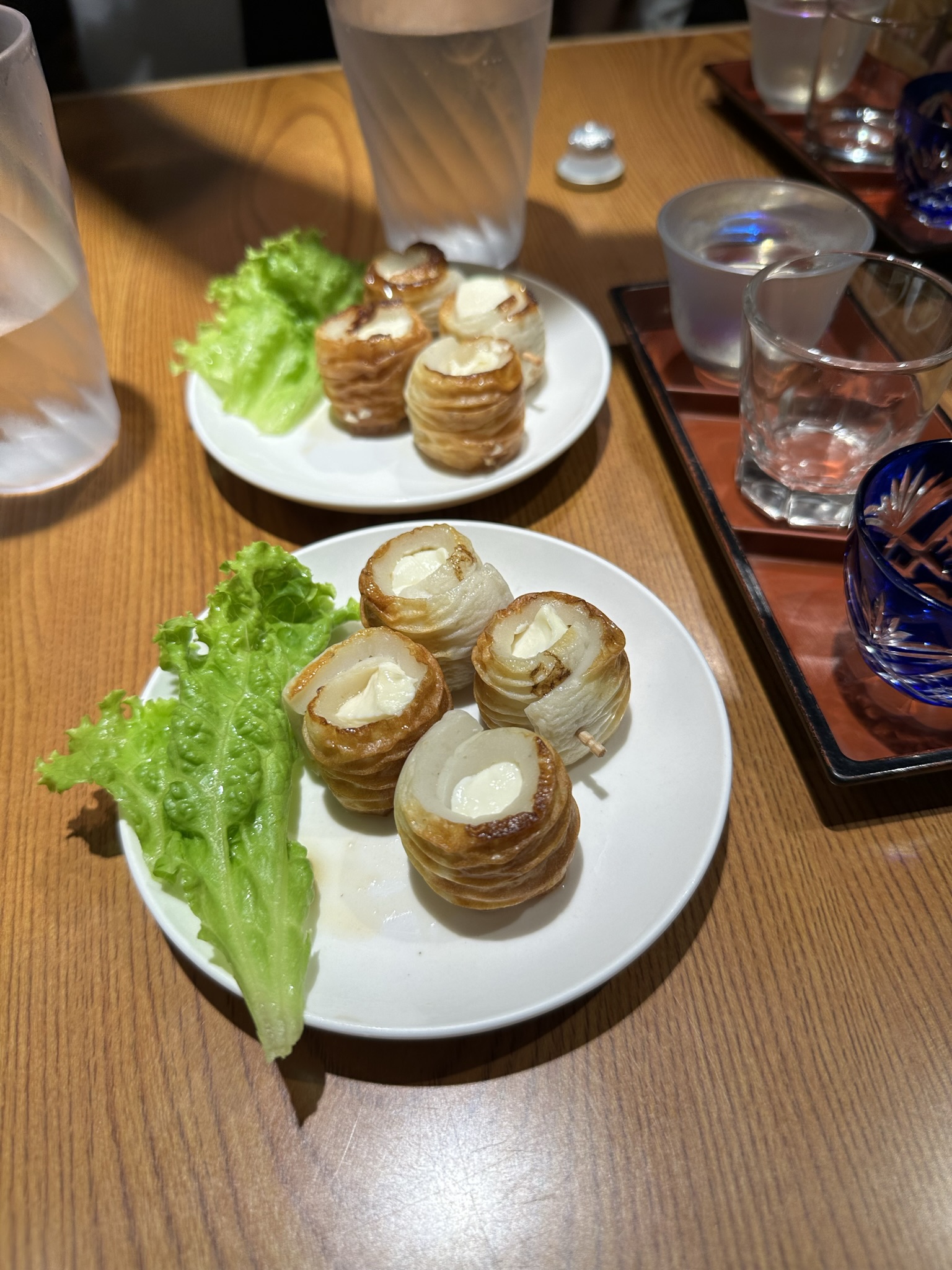
Toda-Ji:
One of my favorite spots during the tour was Toda-ji (“Eastern Great Temple). This is a Buddhist temple complex that was once one of the powerful Seven Great Temples. The construction of the temple was an attempt to imitate Chinese temples from the much admired Tang dynasty. While it was originally founded in the year 738 CE it was not opened until the year 752 CE. In the 19th century it was on the verge of collapse due to the weight of its huge roof. The collapse was prevented through a restoration between 1904–1913 and its current appearence was completed using rebars and concrete between 1974 and 1980.

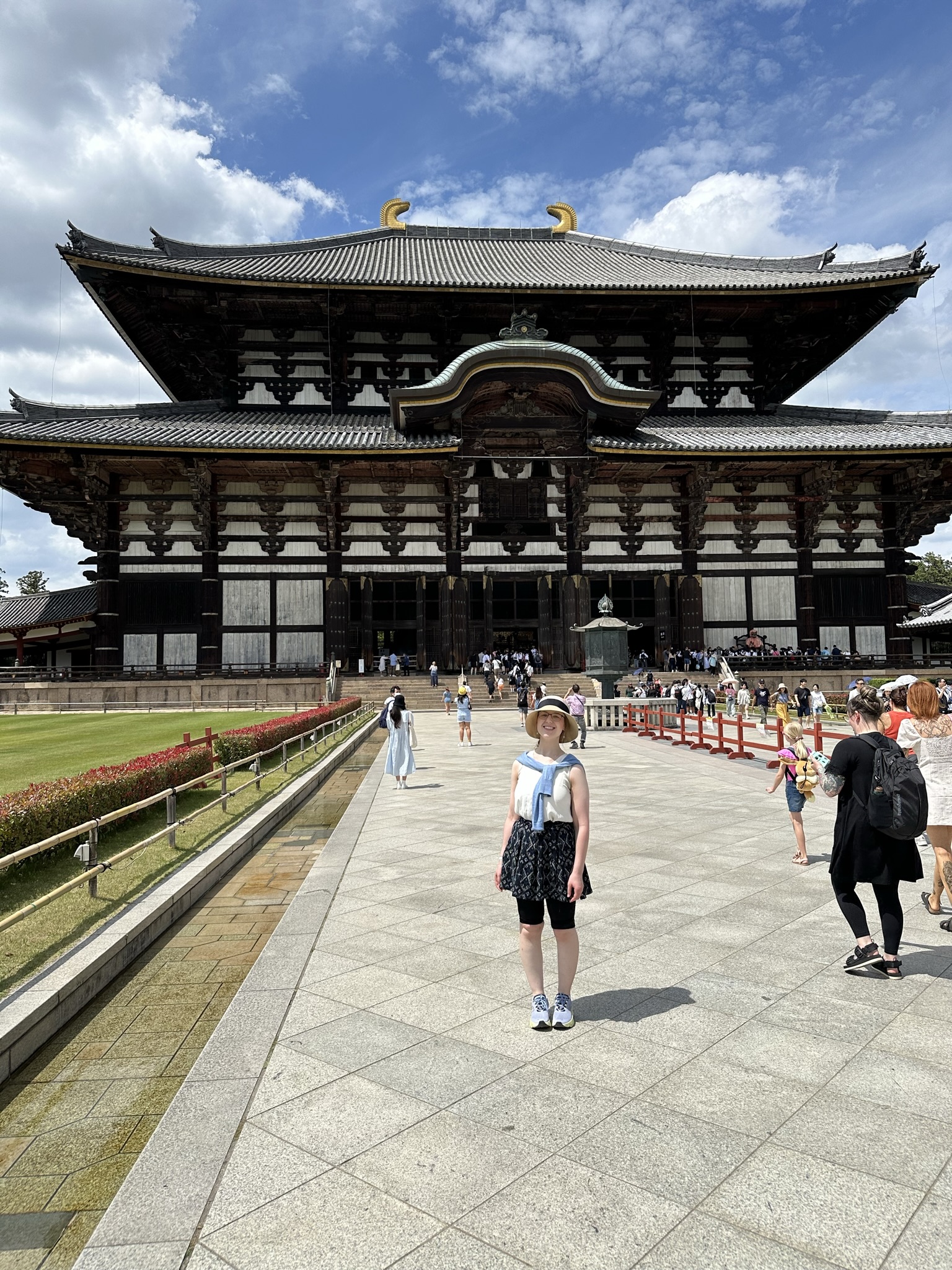
The Great Buddha Hall houses one of the world’s largest bronze statues of Buddha called Vairocana, known in Japanese as Daibutsu. The temple also serves as the Japanese headquarters of the Kegon school of Buddhism. The temple itself is a listed UNESCO World Heritage site as one of the “Historical Monuments of Ancient Nara”, together with several other city sites.
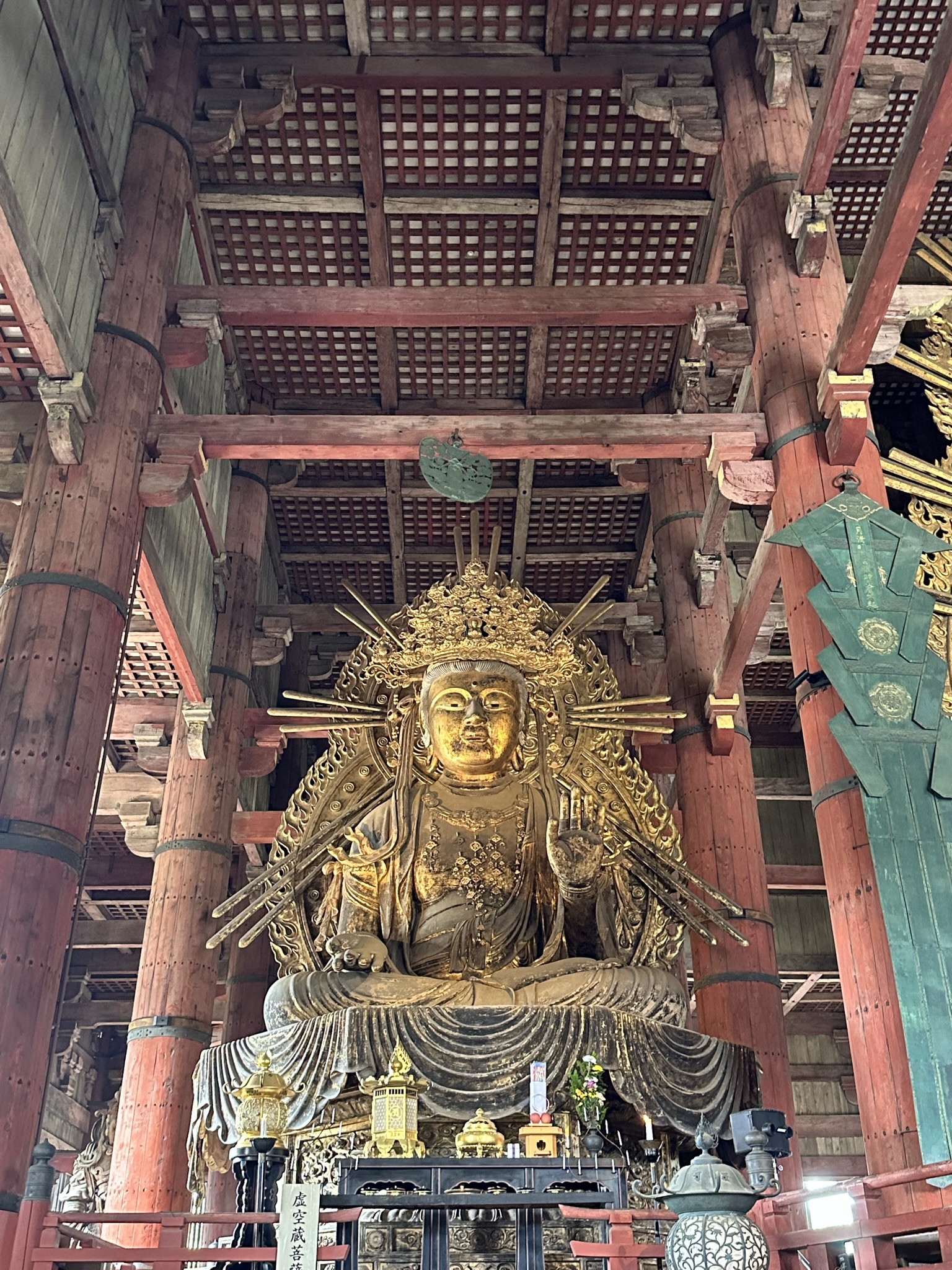
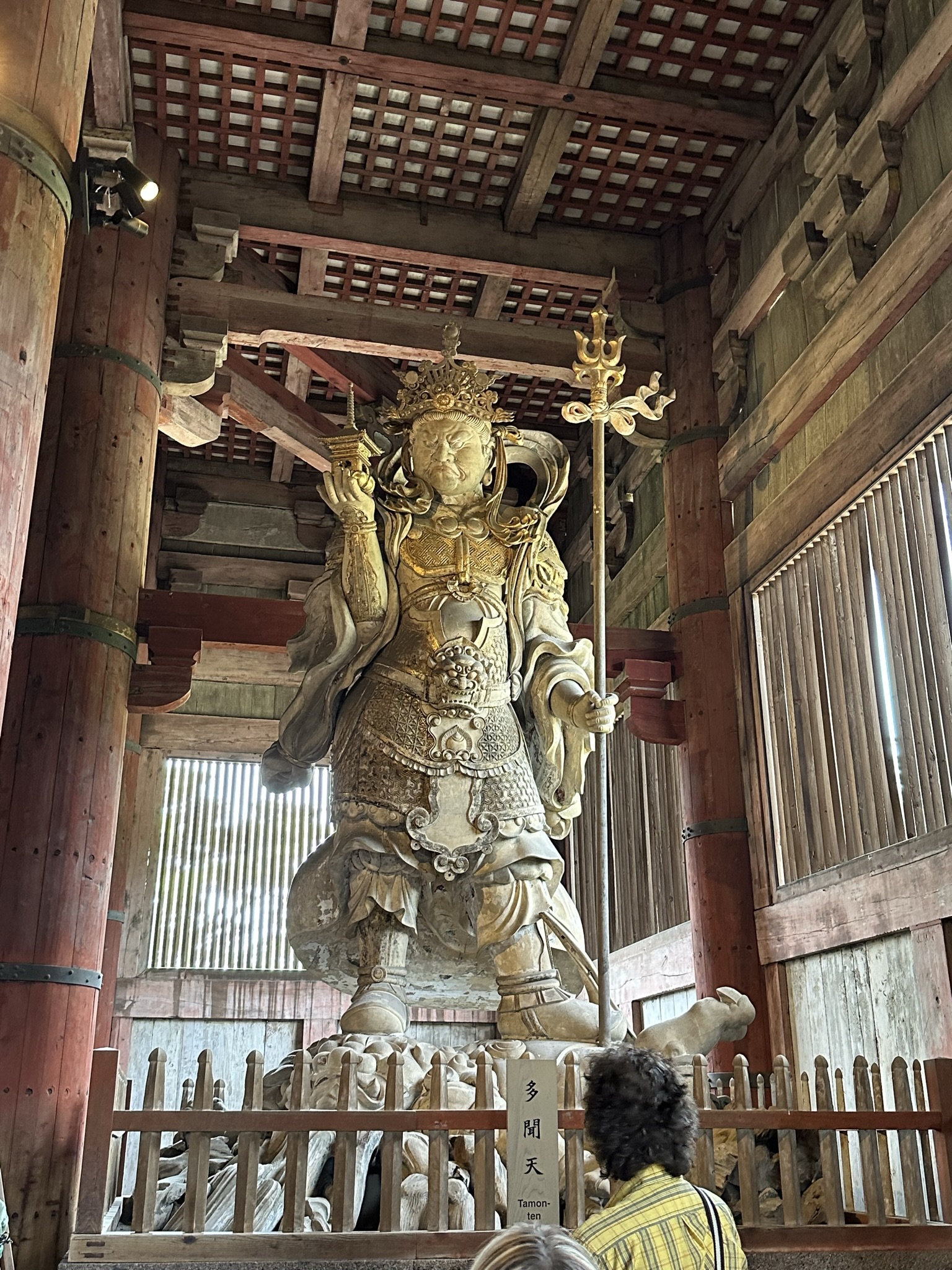
According to the legend, the monk Gyoki went to Ise Grand Shrine to reconcile Shinto with Buddhism. He spent seven days and nights reciting sutras until the oracle declared Vairocana Buddha compatible with worship of the sun goddess Amaterasu.
Under the Ritsuryo system of government in the Nara period, Buddhism was heavily regulated by the state through Sogo (Office of Priestly Affairs). During this time, Todai-ji served as the central administrative temple for the provincial temples and for the six Buddhist schools in Japan at the time. Japanese Buddhism during this time still maintained the lineage of the Vinaya and all officially licensed monks
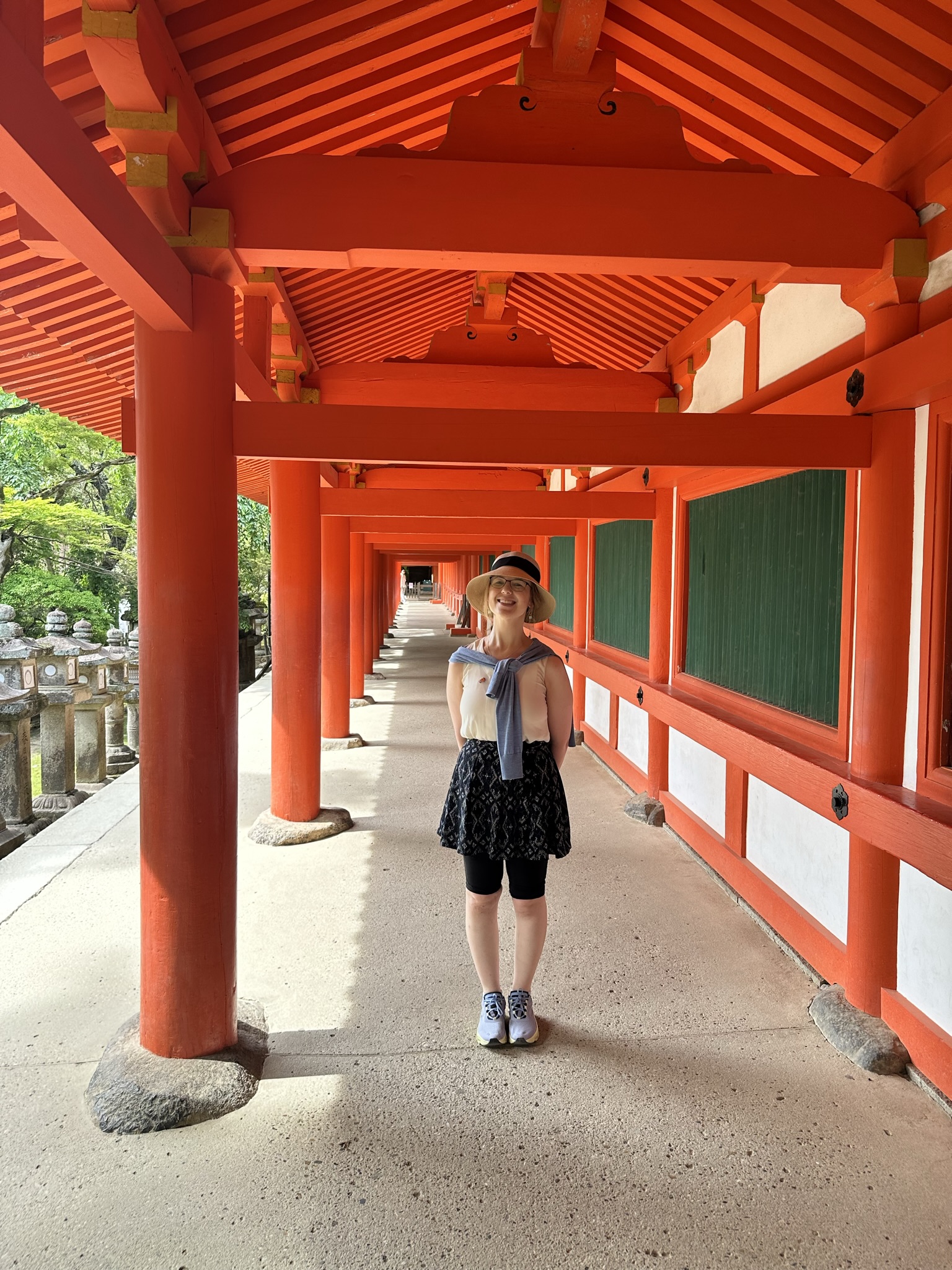
In 743, Emperor Shomu, issued a law stating that the people should become directly involved with the establishment of new Buddhist temples throughout Japan. The emperor believed that such piety would inspire Buddha to protect his country from further disaster. Gyoki, with his pupils, traveled to the provinces asking for donations. According to records kept by today-ji, more than 2,600,000 people in total helped construct the Great Buddha and its Hall contributing rice, wood, metal, cloth, or labour, with 350,000 working directly on the statue’s construction. The 16 m (52 ft) statue was built through eight castings over three years with the head and neck being cast together as a seperate element.
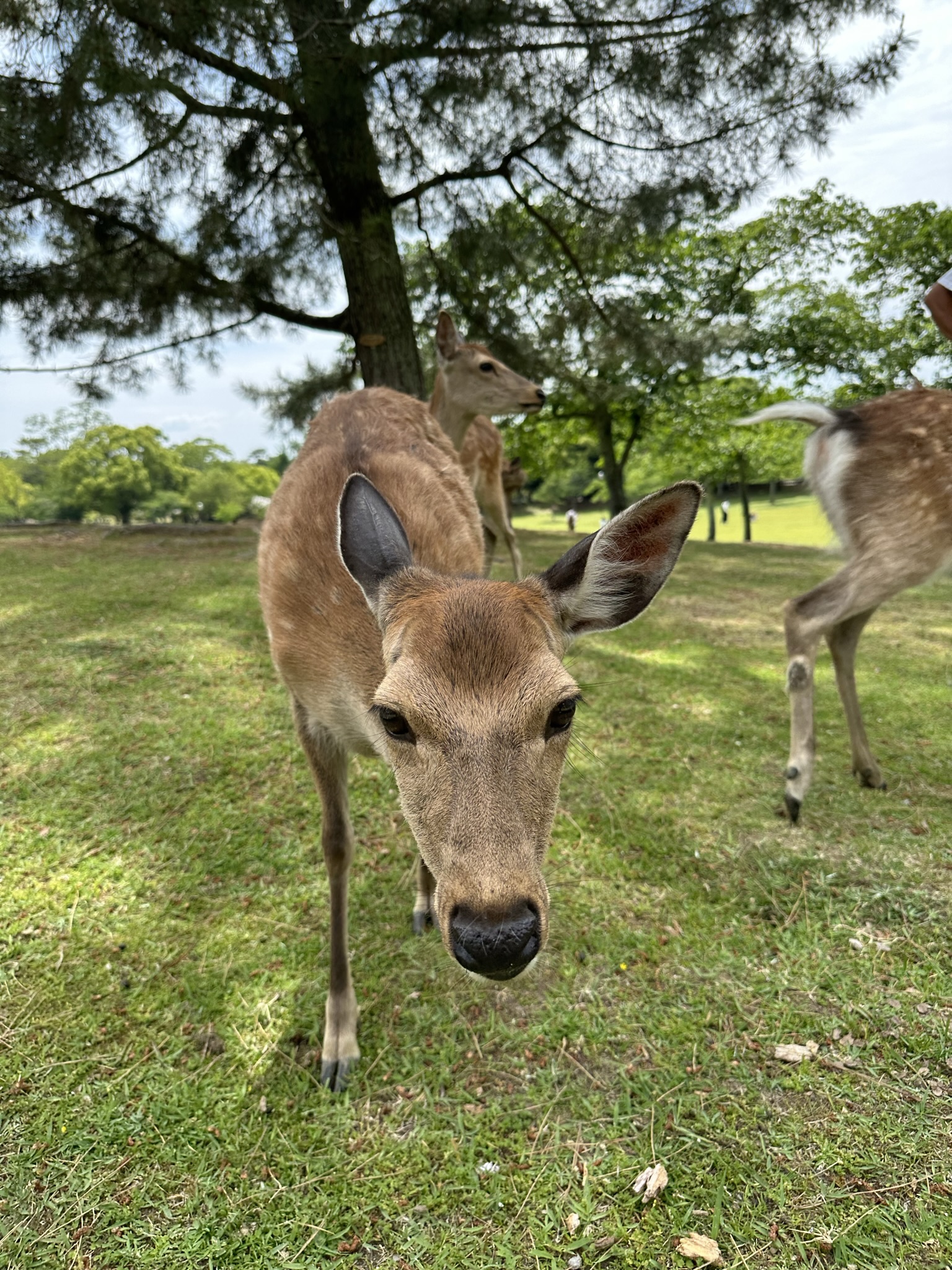
The adjacent area has gardens that are now open to the public as well. Over the centuries the adjacent buildings and gardens have evolved togther as to become an integral part of the organic and living temple community.
I would recommend Nara as a must see for any nature lover and traveller. I hope this small review helped plan your own trip!




